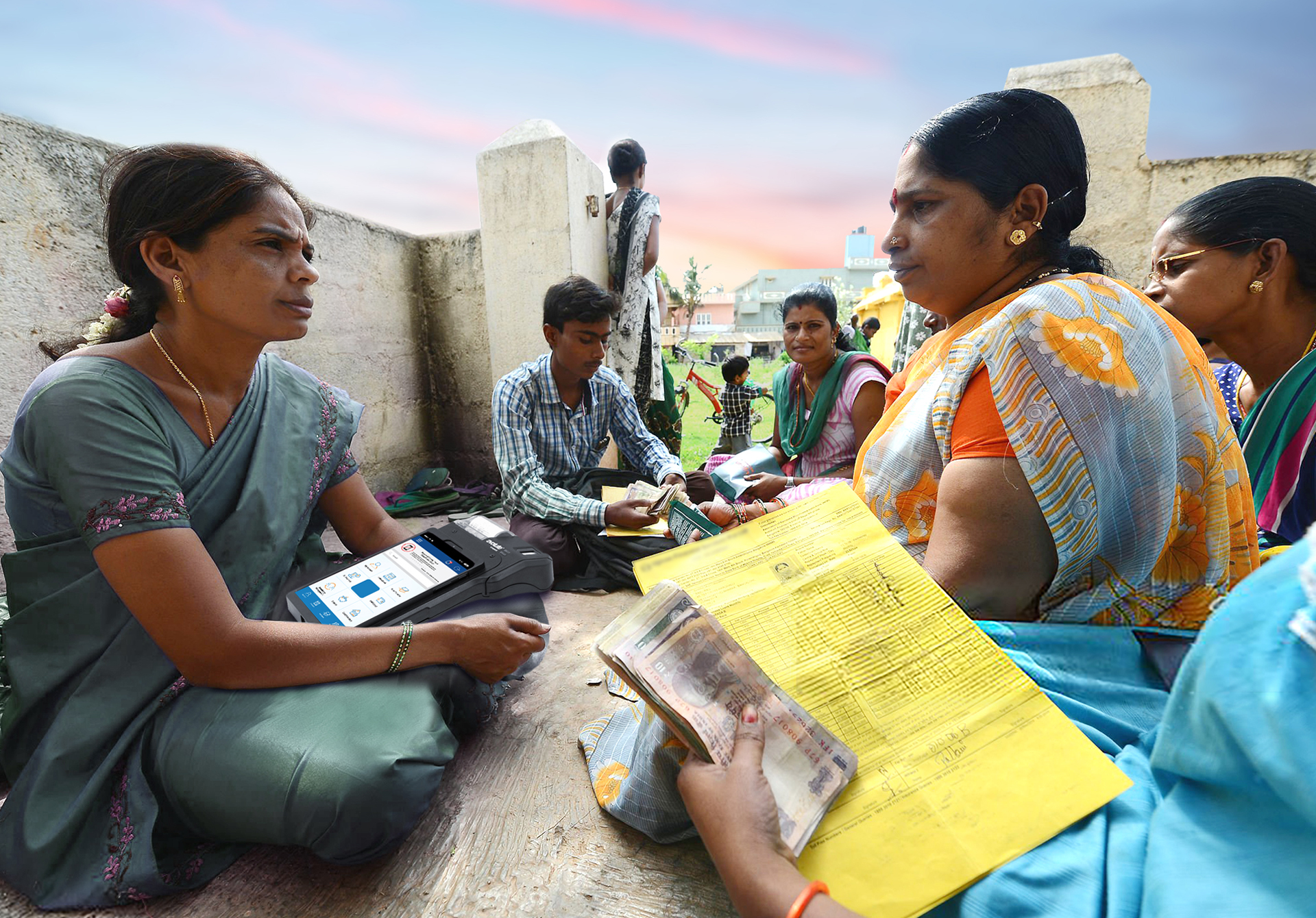The dawn of the Financial Inclusion Revolution in rural areas is closely intertwined with the pivotal role played by Micro ATMs. As we look at uplifting the rural life, these little yet powerful devices prove to be changemakers. Beyond technology, Micro ATMs act as a force for change, pushing financial inclusion to the top of rural development. In this blog, we’ll examine how micro ATMs impact the financial lives of rural communities and the positive change they bring about.
Understanding the Rural Financial Landscape:
In the heart of rural India, the financial terrain is marked by unique challenges and opportunities. Traditional banking has often been out of reach, forcing communities to rely on informal financial networks. As we explore the nuances of rural upliftment, it becomes evident that micro ATMs are not just devices; they represent a revolutionary approach to reshaping the financial destiny of rural populations.
Micro ATMs: A Beacon of Financial Inclusion:
When it comes to bridging the financial inclusion gap in rural India, micro-ATMs are a game changer. They work like portable bank branches, letting people carry out simple money matters such as cash withdrawals, deposits, transferring funds, and loan disbursement. What makes Micro ATMs unique is their mobility. They enable banking service providers to provide their services directly to rural residents’ doorsteps.
Enhancing Accessibility:
Micro ATMs offer a significant advantage by extending banking services to remote locations inaccessible to traditional banks. People living in rural areas, distant from regular bank facilities, can now use basic financial services without long, hard trips. These machines work well in spots with limited power or internet, ensuring villages, regardless of remoteness, can use banking services.
Empowering the Unbanked Population:
Micro ATMs are essential for empowering people by integrating them into the formal financial system in a nation where a significant section of the population is still unbanked. Before, these people relied solely on cash transactions. Now, they can enjoy the security and ease of digital financial services. This encourages learning about finance and creates chances for economic improvement.
Driving Digital Literacy:
Micro ATMs do more than handle transactions. They’re digital teachers, too. Digital interfaces grow more comfortable for users as they engage with these gadgets, which opens the door for a wider use of digital financial services. A greater understanding of technology can lead to opportunities for e-governance, education, and access to a variety of services outside of banking.
Financial Inclusion and Economic Growth:
Micro ATMs have an impact not just on individual homes but also on the communal and macroeconomic levels. These gadgets support general economic growth by bringing rural populations into the formal financial system. More people in the banking system means better use of resources, better savings, and more economic participation. This creates a wave that helps our whole country.
Challenges and Opportunities:
While the adoption of micro ATMs has significant advantages, challenges remain. Problems include connection troubles, tech difficulties, and a continuous need for help and learning. Yet, these very barriers can lead to tech growth, teamwork between the public and private sectors, and targeted actions to boost the impact of micro ATMs in India’s rural areas.
Conclusion:
Micro ATMs are changing rural India. They’re like a beacon of hope for financial inclusion and economic upliftment. These small, portable banks act as powerful catalysts, reaching the untouched corners of rural landscapes and empowering the unbanked. Despite the hurdles, the good they do for people and the whole economy is bigger.
Micro ATMs not only streamline transactions but also play a crucial role in driving digital literacy. This journey paves the way for a more economically vibrant and interconnected rural India. Aligned with the mission of Evolute FinTech Innovations, Micro ATMs are dedicated to addressing the unmet financial needs of segments often overlooked by traditional financial services models.
Through the power of technology, we aim to empower these communities, fostering accessibility and unlocking opportunities for growth. As we navigate the evolving landscape of financial inclusion, micro-ATMs show that good things can happen. They’re proof of the kind of growth and change that can happen in rural communities.





